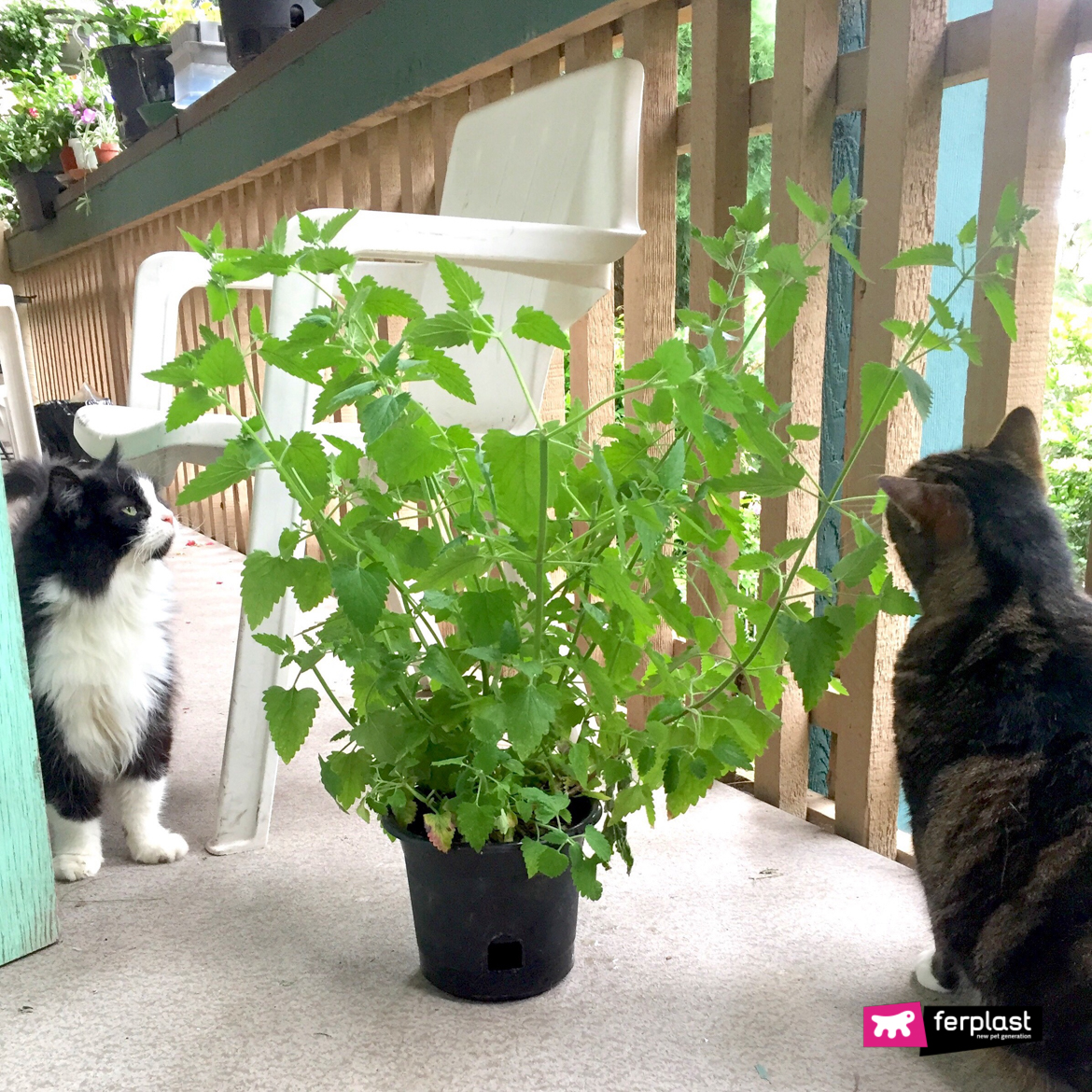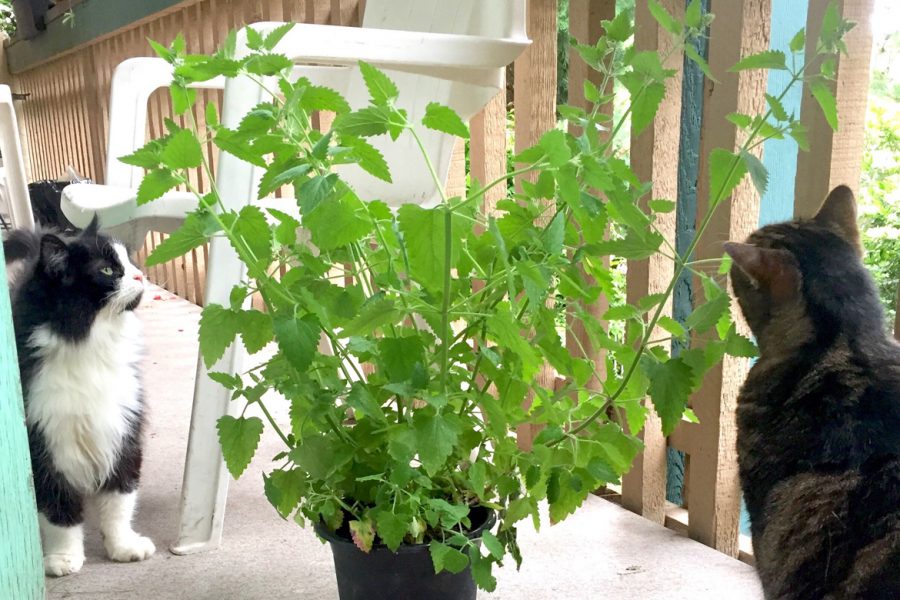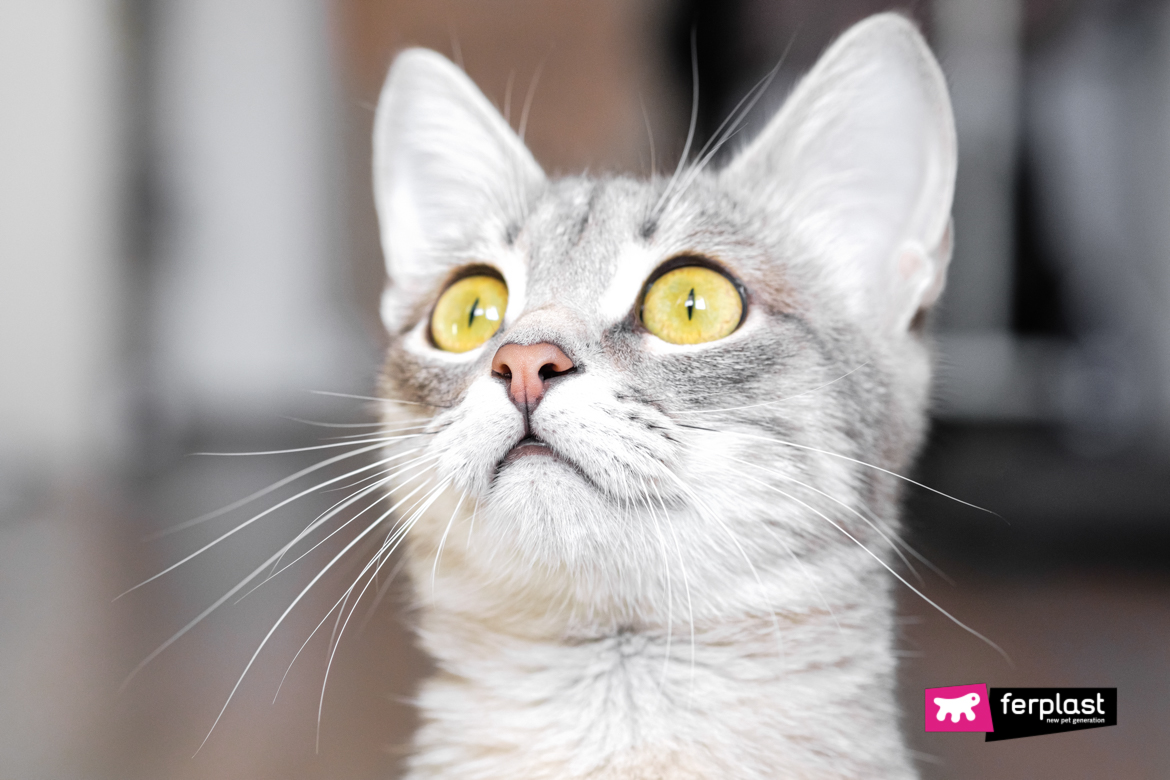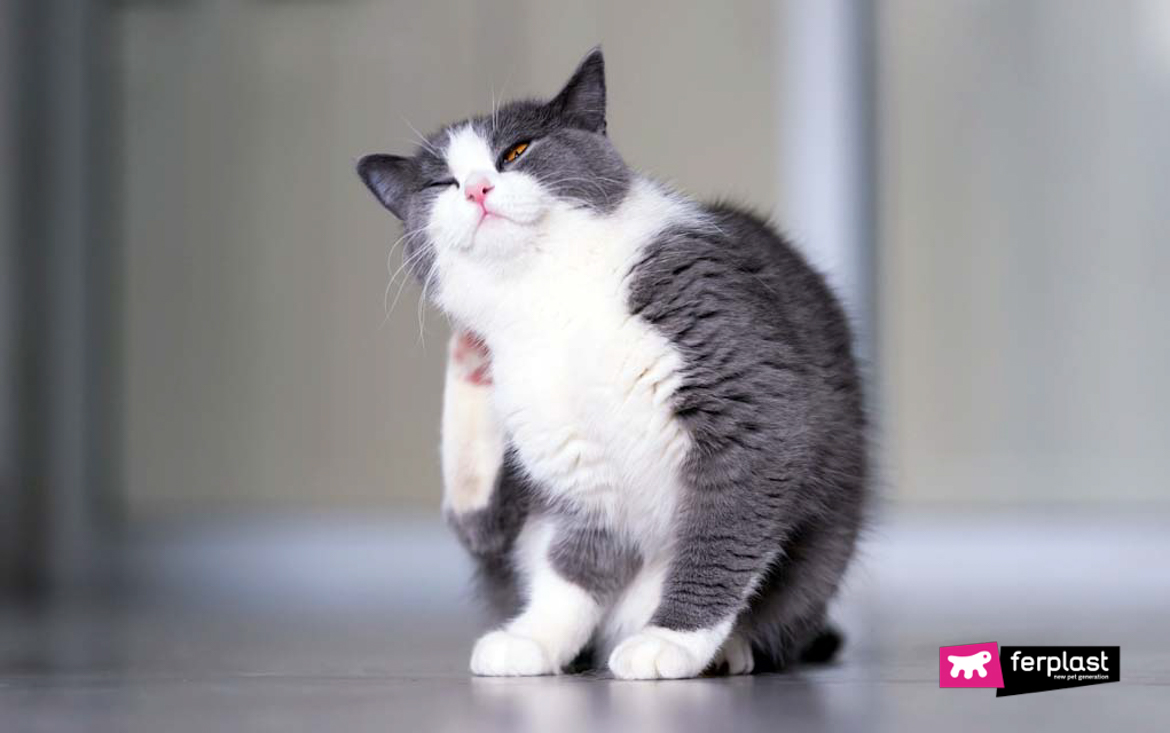Have you ever heard of catnip? It is a plant that is much loved by our domestic felines. In this article, we will explore everything you need to know about catnip.
What is catnip?
Catnip, or Nepeta cataria, is an herbaceous plant belonging to the Lamiaceae family. It consists of a very tall stem that reaches up to one metre in height. And it has petiolate leaves: i.e. the shape is heart-shaped and the margins are toothed.
Also called catmint, this plant can be found along roadsides, hedges or in old ruins. It is present throughout Italy and from May-June until August-September it is filled with white-purple flowers.
The peculiar thing is that its name comes from the fact that it has euphoric effects on cats.
The relationship between catnip and felines
As we know, cats eat grass the moment they feel too much hair in their stomachs. Our four-legged friends usually manage to reject the hairballs. However, when they fail, they self-induce vomiting by eating grass.
Getting your kitten to eat grass is important. The main thing is not to abuse it because it could irritate its stomach. Cats are carnivores and therefore do not have the stomach structure to digest large quantities of grass.
The important thing is not to generate a vicious circle whereby the more the cat eats the herb, because it has an irritated stomach, the more it vomits. This could in fact lead to major problems such as gastritis and constipation.
The effects of catnip on felines
Catnip causes a strong excitatory state in our cats. In some cases, this state even leads the animal to become aggressive. For this reason, the powers of this plant should not be underestimated. The state of euphoria, however, lasts about 15 minutes and is apparently a condition that only affects cats and not other animals.
Difference between catnip and cat grass
Although one is inclined to think that catnip and cat grass are the same thing, this is actually not the case. While catnip is in fact a perennial herbaceous plant with triangular heart-shaped leaves with toothed edges, cat grass is a non-perennial grass that has flat filiform or tubular leaves and has beneficial effects if eaten regularly.
The latter is therefore an herb that cats eat spontaneously and is used in particular to cleanse the stomach naturally. Simply leave the tray with the herb at the cat’s disposal and he can decide when to take it.
It is especially suitable for long-haired cats and has an anti-hairball function.

The cat grass is also very rich in vitamins and can therefore also be given to new-born cats. In addition to this, it contains folic acid and has a protective anti-inflammatory effect. If it is included in a cat’s diet, it can be a natural and effective remedy against hairballs. It therefore promotes the main intestinal functions.
Giving your kitten the opportunity to take care of its intestinal health in a completely natural way by taking herbs, whether they be catnip or cat grass, is very important. We just have to make sure that he does not exceed the quantities.



